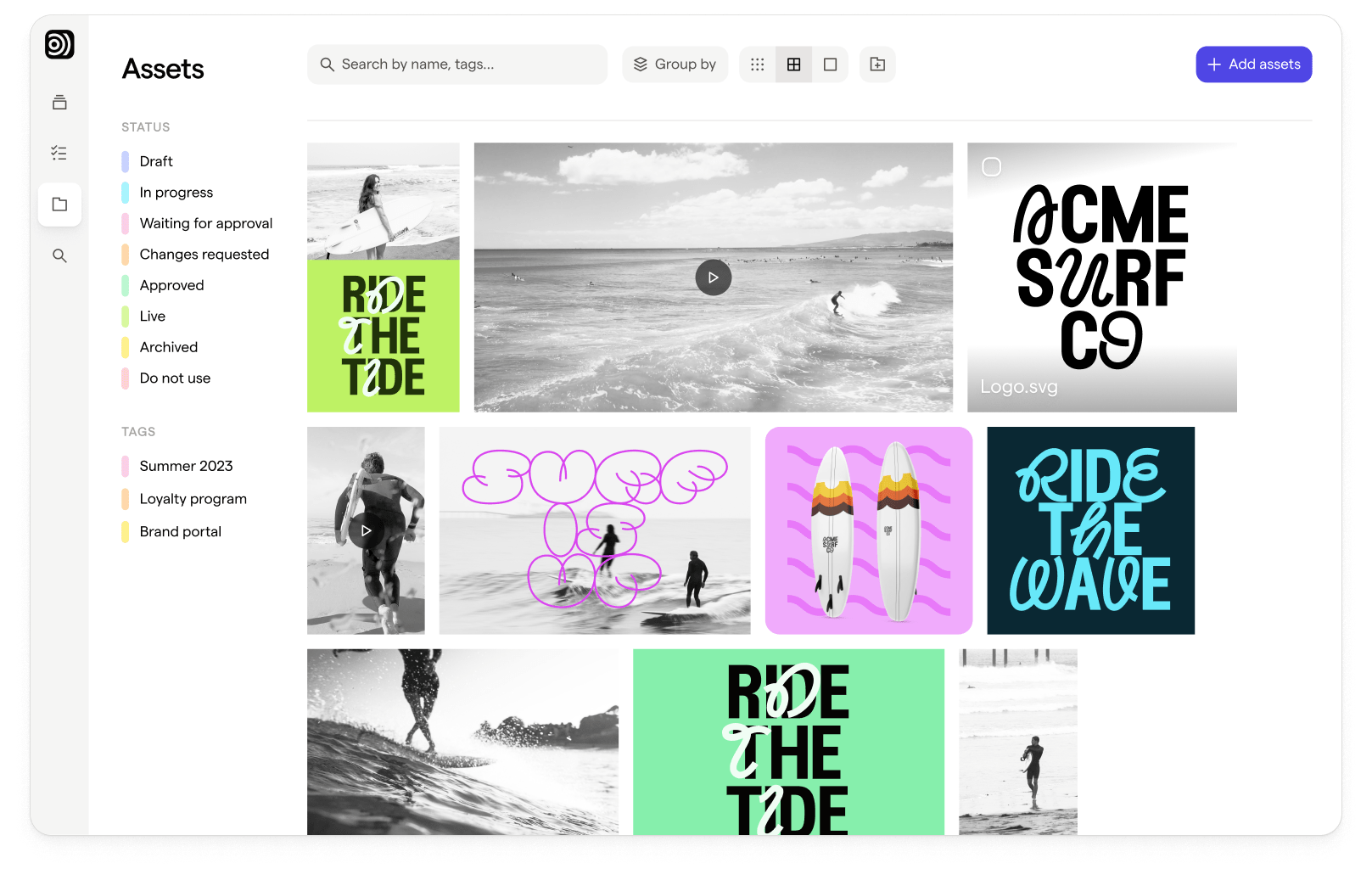4 Pitfalls to Avoid When Building a Feedback Loop for Creative Performance
Four pitfalls and four recommendations on how to tackle them.

Most performance marketers will tell you that the biggest performance lever in online marketing is your creatives. Nothing new here, this has been the mantra for years now. Topics like "data-driven creatives" and "breaking down silos between the creative and marketing team" are thrown around frequently, but the reality, it is still a largely unsolved topic for many brands today, and it is getting in the way of their online marketing performance.
How do you create an environment of empathy across functions, where creatives understand the nuances of different marketing channels and marketers understand the realities of the creative process?
In this post, we'll take a closer look at four common pitfalls in the world of creative performance, followed by advice on how to tackle them.
Pitfall #1: The process stops at the marketing dashboard
Performance marketing teams tend to have extensive dashboards set up, which can be used to pivot performance data down to the smallest detail. All marketing channels and data from both ad platforms and in-house attribution models.
However, when asked if creatives are actually looking at this data, the answer is typically "not really." When it is hard to get other teams to appreciate your performance dashboards, an option is to turn to one-off creative reports using slide decks. This, in turn, is often a one-off process instead of a recurring feedback loop, leading to slower learning and improvements.
How to tackle it:
The magic doesn't lie in the available data, but in what you choose to do with it and how you incorporate that in your ongoing workflows. Focus on building workflows and collaboration that will lead to smaller incremental improvements over time.
Aim for a recurring feedback loop, weekly or bi-weekly, focusing on one or a couple key metrics that you optimize for. A well-functioning creative feedback loop can be as simple as adding the top three creatives and bottom three creatives from the past cycle, along with some context on performance.
Success does not happen overnight, it requires consistent effort. Encourage cross-functional teams to test and learn together and find ways to find incremental improvements over time.
Pitfall #2: Too many metrics, too little data
Performance Marketers are goaled on the business outcomes, so the revenue and impact on the bottom line. Since this is the case, the ideal case would be to measure the success of new assets by looking at down-funnel metrics like revenue, LTV, or incrementality.
However, with shorter creative tests or limited budgets, you rarely have enough data on these metrics to make educated decisions. The amount of conversions is too small for statistical significance, and you don't want to make decisions based on a good CTA but only a handful of conversions. In addition, the more metrics you add, the more confusing it is what you're actually optimizing towards.
How to tackle this:
Proxy metrics get a bad rep, but when used correctly, it is still an effective way to make quick improvements. When evaluating which proxy to use, start by finding a correlation and move on to proving causality.
CTR and CPC are commonly used metrics when testing a large number of new creatives. When testing videos, consider looking at hook rate (3s views/impressions) or hold rate (100% views / 3s views) for a quick indication of how engaging your content is. Make sure you have one clear goal for the creative tests, known to both the marketing and creative side.
Pitfall #3: Thinking pretty and performance goes hand-in-hand
We often see a conflict between the assets that perform and the assets that are the most aesthetically pleasing. This can be hard to wrap your head around and not necessarily what you would want to show the CMO, since creatives are also tasked with upholding brand guidelines.
This easily leads to a loop where, even if the data is saying that a less attractive asset performed the best, it becomes a mission to create a nice-looking one that will outperform. This, in turn, will make it slower to find improvements and scale.
How to tackle it:
Start by making sure all teams are aligned on the ultimate goal and make sure content is created for that purpose. Roll with what the data shows you and iterate quickly based on new learnings coming in, for example using the early indicators mentioned earlier. Making small tweaks to the first three seconds of a creative (the hook) can have a significant impact on its performance. Embrace the fact that pretty and performance don't always go hand in hand, as well as nuances of the channel you are creating assets for.
If driving conversions is the primary goal, there should be dedicated creative production for this outcome. If you’re in the middle of building your in-house team or there are competing priorities, consider onboarding freelancers or specialized agencies to help you get started.
Pitfall #4: The lack of visual references
Naming conventions are great for many things, but let's face it, how many outside of the paid social team will know what "STEP-SC_STRIDE-XL_IG_DE_20-35_GER_FTPRINT_V3" is referring to? Without visuals, creative reports are hard to make sense of and will most likely not be actively used by the creative team.
The same thing applies to creative briefs. A brief with just a wall of text will easily be misinterpreted, and not including visual references delays the process.
How to tackle this:
Whenever possible, try using visual references to your reporting dashboards and creative briefs. Visuals make reports easier to read and briefs easier to understand, so strive to find an easy way to attach the best performers from previous sprints as references.
If you’re not doing it already, start collecting inspirational ads and build a testing backlog based on them. Hosting a collective “bank of ideas” fast-tracks brainstorming and can help your teams collaborate on new concepts. Ensure everyone in your marketing team has access to it, and build a culture where anyone can submit their ideas and comment on others’ findings.
In Conclusion
Building a feedback loop for creative performance and learning takes time and effort. However, by avoiding these common pitfalls and following the tips outlined above, you can create an environment of empathy across functions, test and learn together and find ways to find incremental improvements over time.
Who knows, maybe in a few years, all you need to do is to provide your landing page and credit card to Meta, and AI takes care of the rest. In the meantime, however, building a creative feedback loop will continue to be one of the best ways to improve online marketing performance.



















